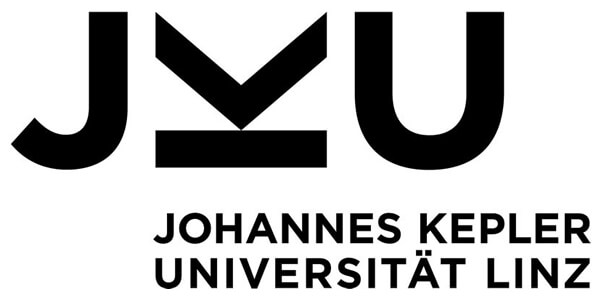Funding: H2020. FET-OPEN
Region: European
Project period: 2020 – 2023
Partners: University of Liege (Project Coordinator), IMDEA Materials Institute, Katholieke Universiteit Leuven, University of Linz, CIRP GmbH
Principal Investigator: Dr. Javier Segurado (javier.segurado@imdea.org)
The emergence of metamaterials has opened a new paradigm in designing engineering parts in which the design of full structural parts can be optimised together with the metamaterial they are locally composed of. Moreover, additional morphing at local and global scales may support their adaptation to variable loading conditions and shifted user needs. As polymeric materials can fulfill simultaneously structural mechanical and functional requirements, the combination of this design paradigm with additive manufacturing can support/generate novel applications. However, many challenges are left in order for this change of paradigm to become a reality:
• To improve metamaterial design and fabrication technique to produce damage tolerant metamaterials
• Robust and efficient concurrent multiscale techniques should be developed as part of a multiscale optimization problem.
• Because micro-structure and material properties suffer from uncertainties affecting structural responses, techniques for uncertainty quantification should be developed for this multiscale design problem.
These challenges can only be addressed by considering experimental and numerical multi-scale methods. However, current existing approaches are limited in several aspects because on the one hand of the difficulty in representing the microstructure and characterizing micro-scale constituent materials, and on the other hand in the computational cost inherent to these approaches. The overall objective of this project is to develop a data-driven methodology relying on a structural properties-micro-structure linkage and able to design optimized shock-absorption devices based on bi-stable metamaterials and printable using additive manufacturing. Targeted applications are user-optimized shock absorber devices which either potentially suffer from fatigue such as in the case of sport shoe soles or which should dissipate the maximum energy during their failure such as in the bicycle helmets.
Partners





Funded by

